For most brands, approaching influencer marketing for the first time is a daunting task as there are so many influencer marketing scams used in China. Leveraging the power of influencers to reach and intended audience can be a minefield for inexperienced marketers, and getting it wrong is often costly in terms of both time and money. Many brands hire influencer agencies or MCNs in China to help manage influencer marketing campaigns, but even this can be fraught with risk. In this article, we hope to help you by exposing some of the dark underbellies of the influencer marketing world.
5 Influencer Marketing Scams Used in China
#1: Lack of Communication Transparency
The first problem is the lack of transparency between brands and influencers.
Brands often work with agencies to partner with influencers. The unfortunate side effect of working with an agency is that brands don’t see what happens behind the curtain. Most think of agencies as the middlemen between brand and influencer. However, it’s common that an agency’s own staff effectively acts as a gatekeeper between their agency and influencers. Things get complicated—and more costly—when agency employees use their position to orchestrate bribes.
For example, a brand will approach an agency to recruit an influencer for a campaign. Obviously, the brand expects to pay the agency. However, the agency employee will contact the influencer and use the campaign as leverage to demand a fee from the influencer. “The agent will call up an influencer and say ‘hey, I got this campaign with this brand, so if you want this campaign you need to send me a personal hongbao (or “red envelope,” effectively a bribe),’” says Elijah Whaley, CMO of PARKLU. “It can range from several hundred RMB to event tens of thousands of RMB.”
Of course, the cost of this graft will be passed on to the brand. “Because the brand has no visibility on what the conversation is between the agent and the influencer, they have no idea what the price is,” Whaley says. Achieving transparency isn’t easy, because some agencies will prevent clients from communicating directly with influencers using the excuse that they don’t want the brand to steal the relationship. It’s also easy for agencies to deny because often managers themselves do not know employees are doing this.
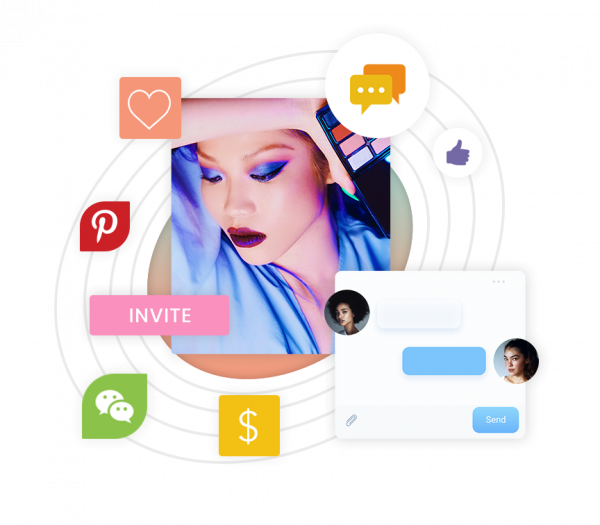
In contrast, Whaley says, PARKLU’s platform allows brands to view the conversation between the agent and the influencers. “Conversations are not happening in an employee’s private WeChat account, it’s happening on our platform,” Whaley says.
Whaley used a recent lack of communication transparency story from a skincare brand in New Zealand to illustrate one of the influencer marketing scams used in China. The New Zealnad brand’s CMO told Whaley that they were finding product seeding was proving to be very expensive. The brand’s agency was asking them to pay influencers a 1,000 RMB “consideration fee” every time they sent a product—a fee simply for asking the influencer to consider making a post about their products. “I was like, what’s a consideration fee? That’s not a thing, and it’s not how you do product seeding. The agency was most likely just pocketing the fee,” Whaley says.
#2: Fees on Top of Fees
The influencer marketing scams used in China can be compounded across a campaign, leading to even more hidden costs. For example, say a brand hires an MCN (multi-channel network) to run an influencer campaign. It is unlikely that a single MCN will have all the influencers campaign needs. Remember, there are more than 3,000 MCNs in China and 99% of influencers are signed with an MCN. MCN will then contact additional MCNs to fulfill the campaign’s influencer needs. Each MCN in the chain back to the original MCN will tack on their own fee. It’s even worse if the brand is dealing with an agency, as the agency will add an additional fee on top of the final total.
“It ends up making the cost of influencer marketing crazy expensive,” Whaley says. “The brands that really do influencer marketing right, it’s all in-house, because every time they work with an agency they can’t come close to the price they can get when they do it themselves. And the reason why they do it is this scenario of fees on top of fees. One of the worst influencer marketing scams used in China that I’ve seen had the agency’s fees at twice the actual price of going direct to the influencer.”
PARKLU charges a fee for its influencer marketing technology, but Whaley says that as an MCN aggregator, PARKLU is able to cut out the middlemen. “You’re reaching out directly to the MCN or the influencers themselves,” Whaley says. “There’s no agent, no MCN reaching out to another MCN. You’re cutting out as much of that fee fat as you can.”
#3: The Inexperienced ‘Expert’
Brands should also be wary of people touting themselves as influencer marketing “experts” who in fact have zero or limited experience running influencer campaigns themselves. “It’s a little bit scary when people who don’t have a lot of experience are guiding people with zero experience. It’s the blind leading the blind,” Whaley says. Running influencer campaigns is a specialisation and execution has levels of granularity that cannot be learned from reading about other peoples’ work.
One simple example inexperienced marketer miss all the time is that many influencers often cyclically clean up their social media accounts, deleting undesirable sponsored posts every three to six months. This could lead to a brand’s paid-for post being deleted, which Whaley says can cost the brand in terms of SSO (social search optimisation) and reduce the value of campaigns overall. Brands should write clauses into contracts to make sure their posts will not fall victim to this practice. “But if you’re not experienced and educated, you can miss that stuff,” Whaley says.
The solution for brands is to do due diligence. Ask your peers to refer you to a reliable agency. Ask the influencer agencies in China for case studies of campaigns they’ve worked on before, or client referrals. If the answers don’t satisfy you, move on.
#4: Quantity over Quality
Some agencies in China will talk up their “influencer list.” A list alone is not a marker of credibility, Whaley says. “I’m always suspicious of an agency with a list of their ‘preferred’ influencers. Where did that list come from? Why are those influencers preferred? “How are they verifying influencers? What tech are they using?” For brands, this is about seeking quality over quantity. Good influencer agencies in China will be able to provide data on the credentials of the influencers it uses, from how they were validated, ROI on past campaigns, and fake fan activity metrics. “A lot of this is about giving brands the resources to be able to ask the right questions when they interface with any organisation that’s going to run their marketing,” Whaley says. “Some of the agencies I’ve seen that do it well actually have influencers or ex-influencers on staff. This gives them a lot of insider knowledge. But in the end, they still need tech to do influencer marketing at scale”
#5: Fake Engagement
The worst and most common of all influencer marketing scams used in China is manufactured engagement or otherwise reporting levels of engagement that don’t accurately reflect the true audience response to a campaign. This can take many forms, including fake followers, fake engagements, fake clicks and bots. “A lot of times the KPIs are set by people that don’t do or even monitor the work,” Whaley says. “Everybody knows what’s going on but nobody is talking about it. I don’t always blame the agencies in China for this because there is collusion taking place between those in the trenches at the brand and agency.”
To counter these influencer marketing scams used in China, PARKLU has created a new “Active Fans” algorithm. “We can look at the growth of an influencer and have a way of determining what percentage of that growth is real people,” Whaley says. “We’re measuring the growth compared to the engagement growth. How come you have 100,000 new fans but you don’t have any new comments or likes?”
When a post goes out, PARKLU also monitors engagement second by second. “When we see an unrealistic pop of activity in a very short time period – say, 200 comments left in one minute, then nothing in the next five minutes—we can see it.” If you’re not using tech, you simply can’t see this level of granularity.
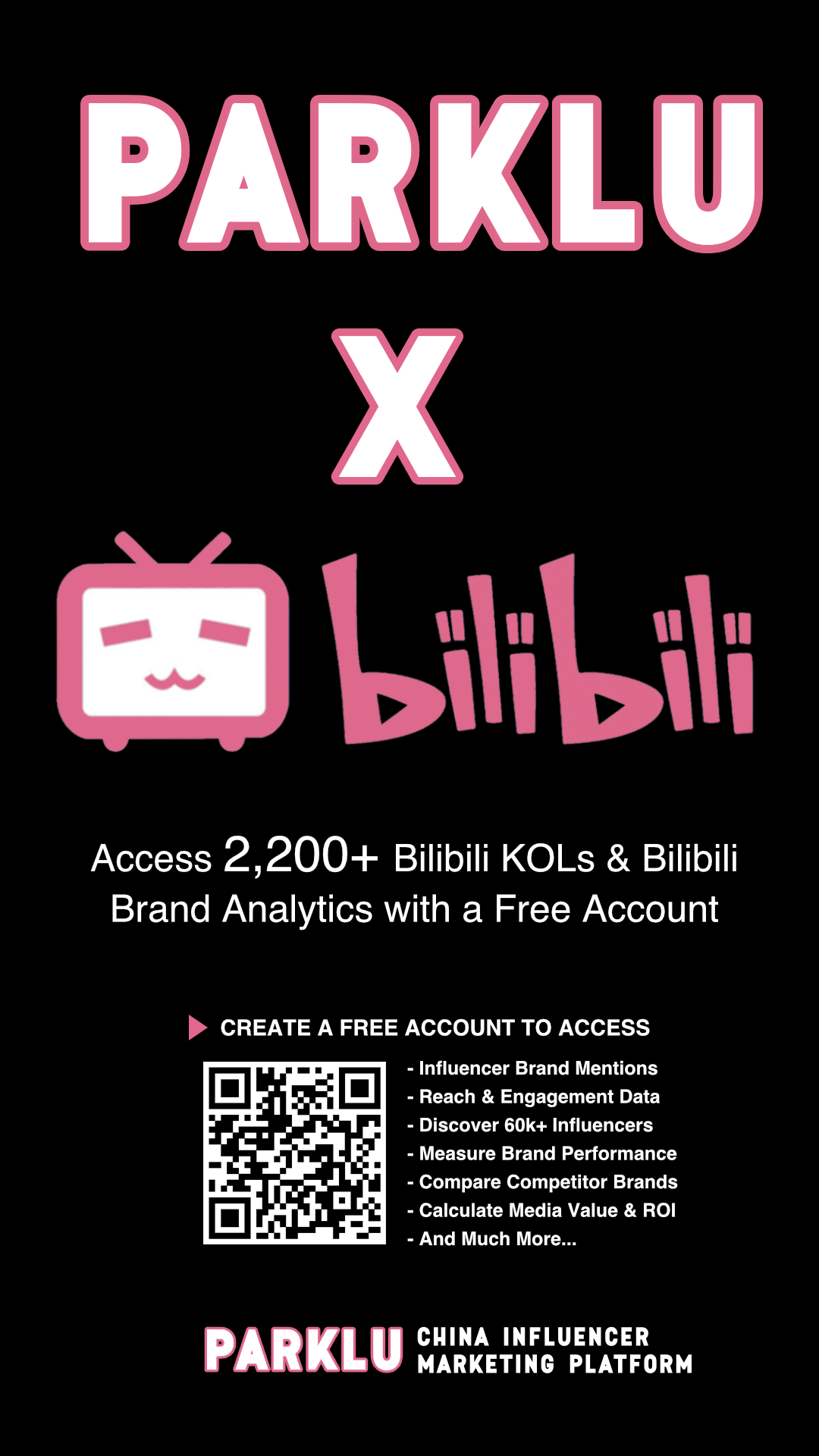

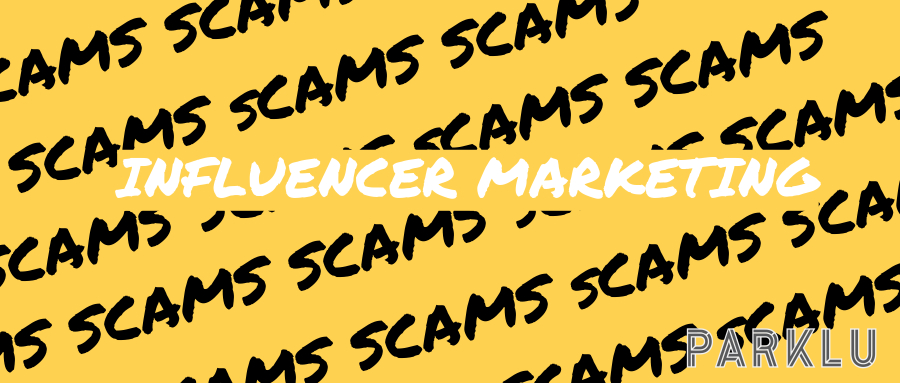
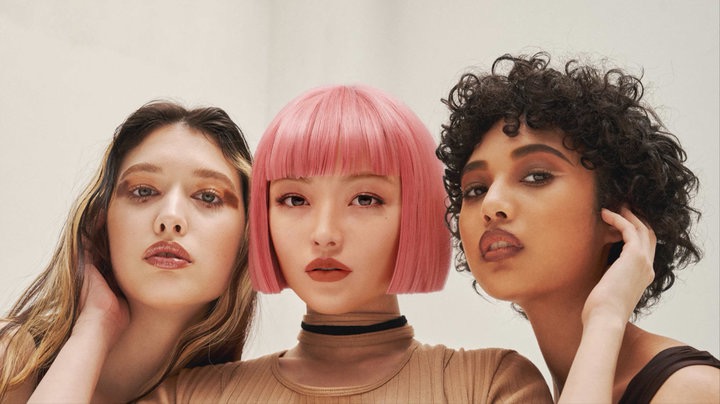


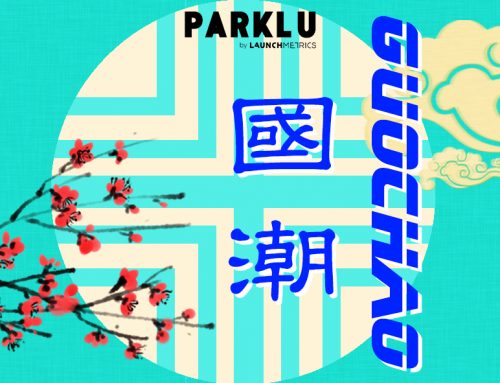
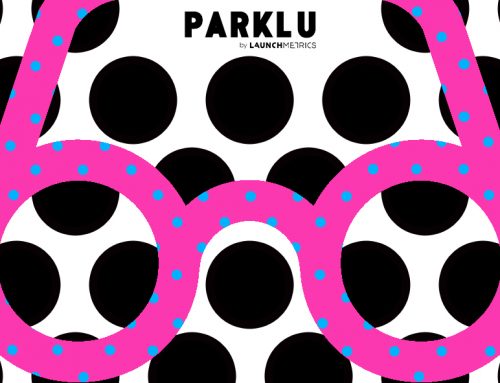

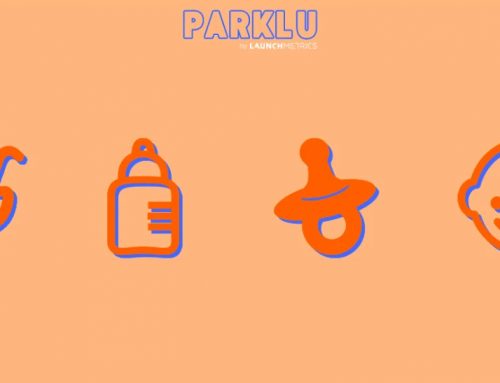
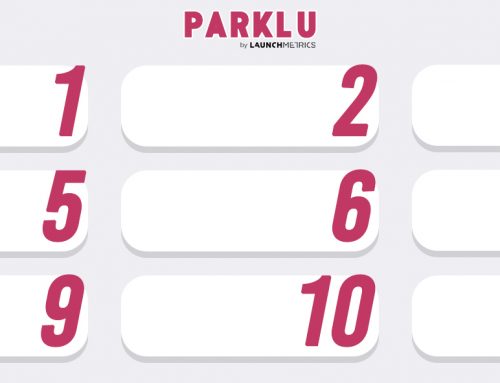


Leave A Comment